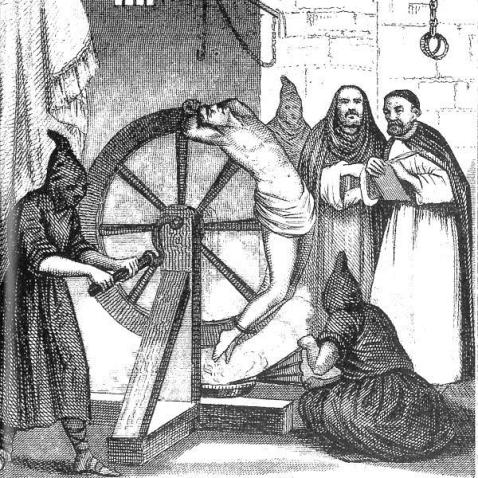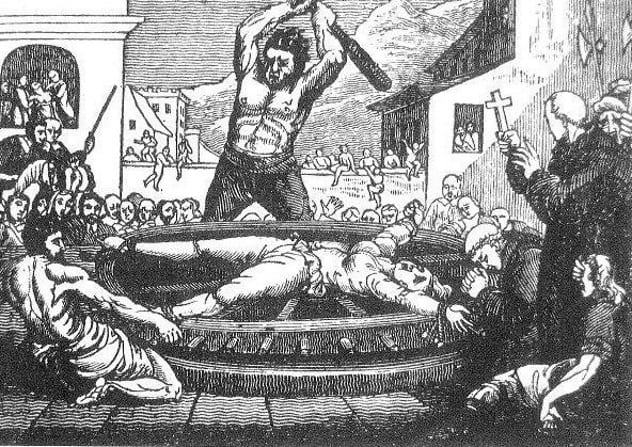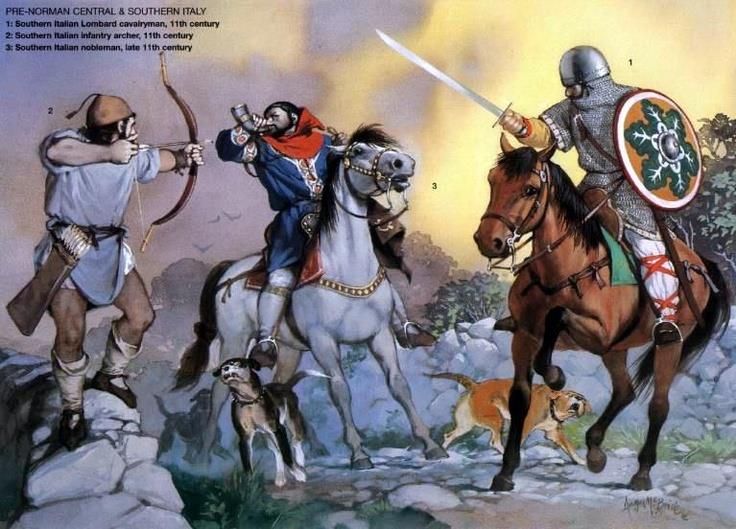One way to create an exciting change of pace in your adventures is to have a chase scene. Pursuit in Dungeons and Dragons can be an alternative to the hacking and slaying of endless monsters and non player characters that are the usual subjects of adventures. Pursuit scenes could involve the adventurers chasing someone else. Or it could involve an overpowering group of enemies chasing them. Or pursuit could be the result of a confrontation gone bad. Sometimes the dice are against the adventurers in an encounter that seemed quite winnable. And now they must flee.
Some possible chase scenes could develop as follows:
- The evil villain is trying to escape from the adventurers grasp. He flees down an escape tunnel to try to get away
- The young street urchin grabs a purse from one of the adventurers and flees into a dark alley
- The wanted criminal that the adventurers have tracked to the ruins just outside of town bolts down a trap door in the floor and disappears
- The party meets an overwhelming force of orcs and decides to make a run for it across a rickety old rope bridge over a gorge
- The evil wizard flies away on a tamed griffin to escape the clutches of the adventurers
- The wounded ogre retreats down the hallway after losing his arm to the Paladin’s mighty swing of his broadsword
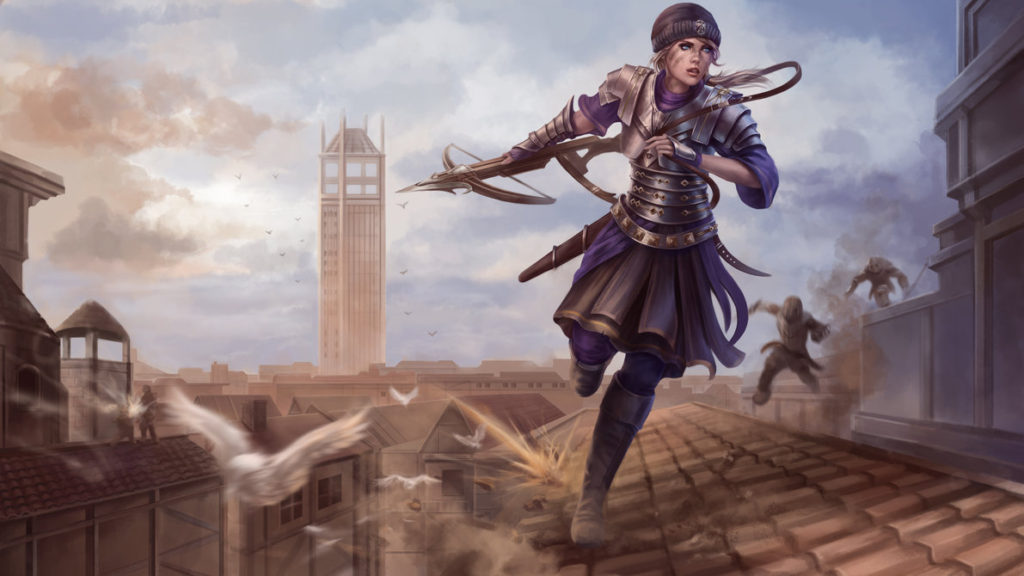
Pursuit in Advanced Dungeons and Dragons 1st Edition
Pages 67-69 of the Dungeon Master Guide discuss the subjects of Pursuit and Evasion. Naturally those two subjects are intertwined. Some important points to note from those pages:
- A semi-intelligent, hungry, angry, aggressive or trained monster will pursue 80% of the time
- If the monsters are of low intelligence and the party has larger numbers pursuit will happen 20% of the time
- If the monsters are of low intelligence and the party is about equal in numbers pursuit will happen 40% of the time
- If the monsters outnumber the party pursuit will happen 80% of the time
- If the monsters are of low intelligence but feel that, for whatever reasons, that they are superior to the party in strength then pursuit will happen 100% of the time.
Special rules exist for determining whether pursuit will be broken off or continued. There are three different possible scenarios that could develop:
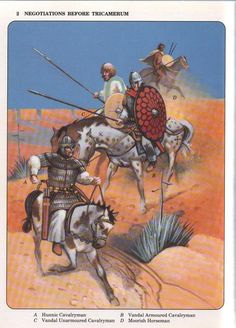
If the pursued are faster than the chasers then pursuit will end when one of the following conditions is met:
- Pursued are in sight but more than 100′ distant
- Pursued are out of sight and were more than 50′ away when the pursuers lost sight of them
- Pursuit has lasted five rounds and the pursuers have not gained on the pursued
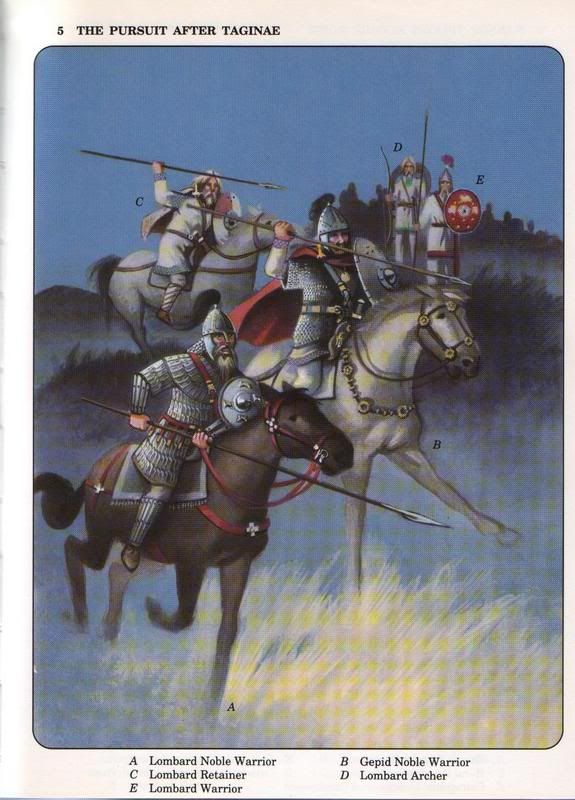
If the pursued are of equal speed to the pursuers then the pursuit will end on the following conditions:
- The pursued are in sight but over 150′ away
- The pursued are out of sight and were over 80′ distant when the pursuers lost sight of them
- Pursuit has continued for over 1 turn and the pursuer has not gained on the pursued
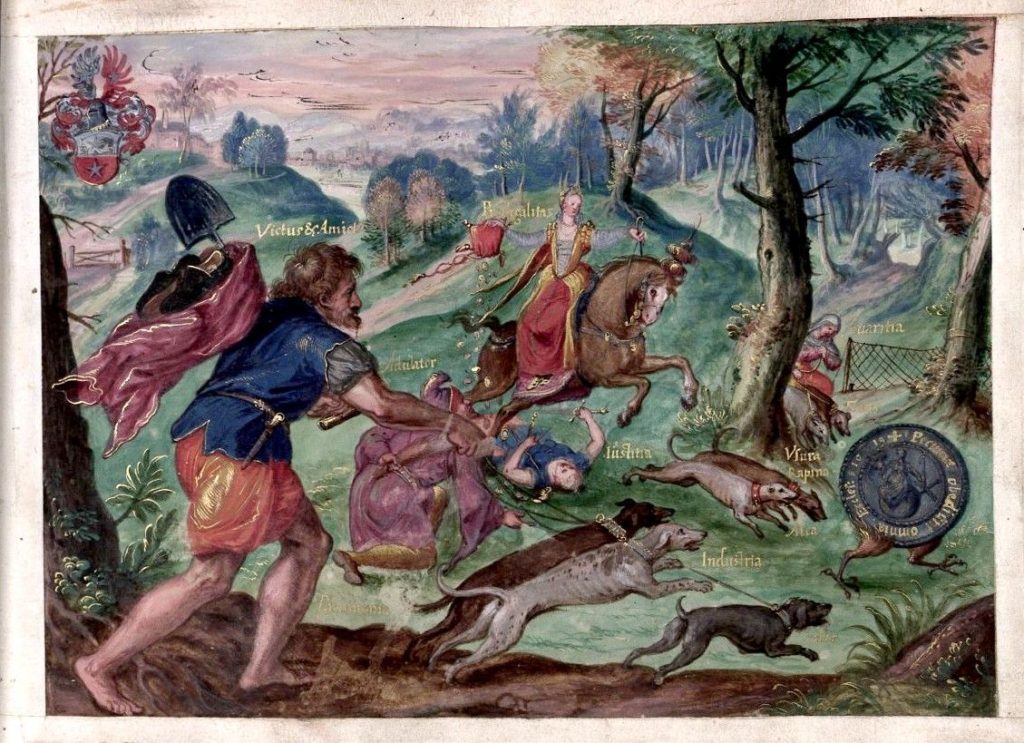
If the pursuer is faster than the pursued then the following conditions will end the pursuit:
- The pursued are out of sight and were over 200′ distant at the time sight of them was lost
- The pursuer is not able to continue any longer due to physical endurance
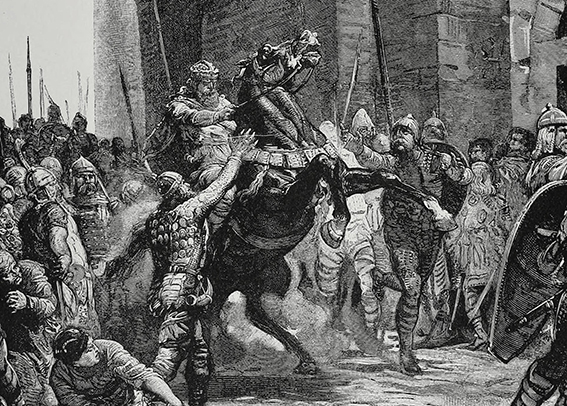
Several things could change the outcomes to the above situations. These modifiers include:
- Physical Barriers
- Distractions such as food or treasure dropped by the pursued or stumbled on during pursuit
- During the pursuit the pursuer comes to a split in the road and must make a decision on which one the pursuer chose to use
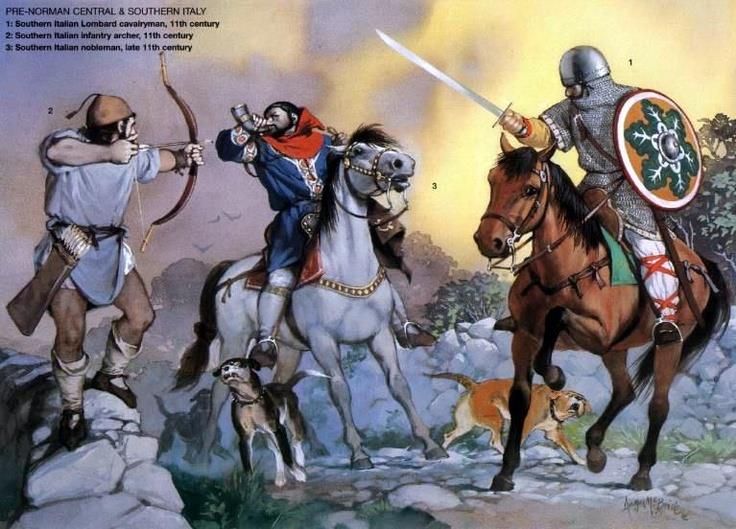
Evasion has it’s own set of rules. The base chance of success in evading outdoors is 80%. This 80% is modified by a number of different factors including:
- Pursued is faster +10%
- Pursuer is faster -20%
- Equal in speed +0%
Terrain was then taken into consideration:
- Plains, desert or open water -50%
- Scrub, rough, hills or marsh +10%
- Forest or mountains +30%
Size of the parties was also considered:
- Pursued party is less than six +10%
- Pursued party is six to eleven +0%
- Pursued party is twelve to fifty -20%
- Pursued party is greater than fifty -50%
- Pursuing party is less than twelve -20%
- Pursuing party is twelve to twenty four +0%
- Pursuing party is over twenty four +10%
And the last consideration is the amount of light available during the chase:
- Full daylight – 30%
- twilight -10%
- bright moonlight +0%
- Starlight +20%
- Dark knight +50%
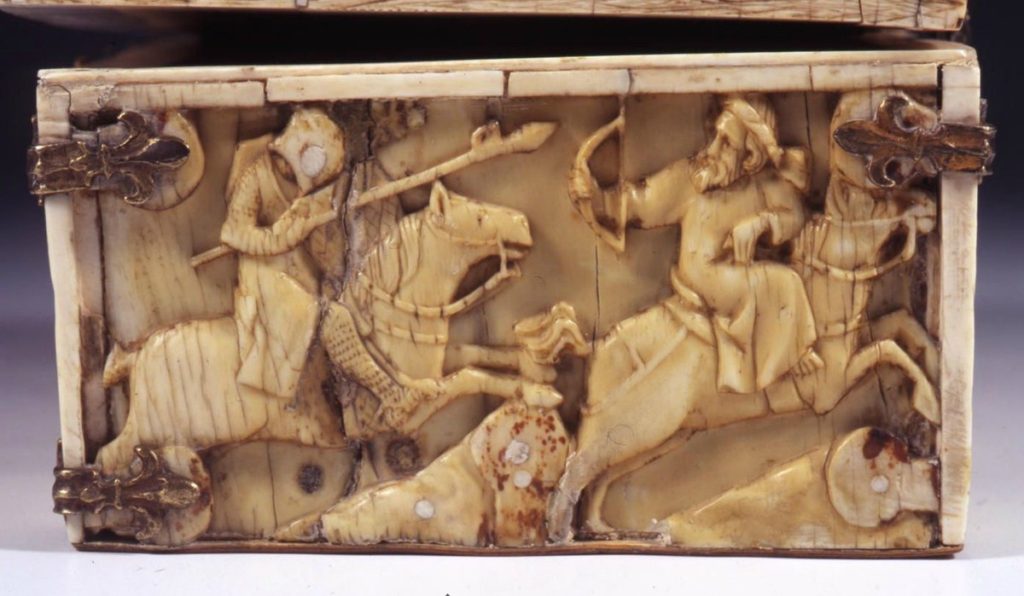
As you can see these are some pretty detailed and complex rules. But they are not unmanageable. And there are other factors that are not covered in the rules but might be considered:
- In a big city environment other people might intentionally or accidentally interfere in a chase
- Thieves and assassins sometimes use others to help them escape by putting horses or wagons in the way of pursuers
- Some villains have well planned escape routes and know them by heart but their pursuers do not
- Sometimes local authorities will not know who is the bad guy and may attempt to engage the adventurers rather than the villains
- Local citizens may also not know who is in the right or who is in the wrong and may step in at an inopportune moment
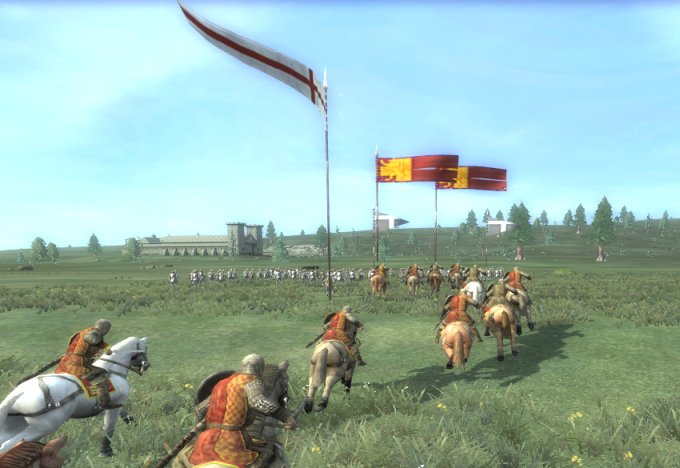
Pursuit in Dungeons and Dragons 5th Edition
The rules for pursuit in Dungeons and Dragons 5th Edition are simpler and depend more upon random effects from the tables provided in the Dungeon Master Guide on pages 252 to 255.
The Dungeon Master will determine the starting distance when the chase begins. During the chase an individual can either dash or cast spells/attack. Stopping to cast spells/attack will slow that person down. A person can dash 3 times plus their constitution during a chase. Any additional dash attempts will require a DC 10 Constitution check at the end of the turn or gain one level of exhaustion. Anyone reaching level 5 exhaustion drops out of the chase. A short or long rest is needed to remove a level of exhaustion.
A chase ends when one side or the other drops out, the pursued party escapes or the pursuer closes the distance enough to catch the pursued. At end of each turn the pursued will make a dexterity check (stealth) which is compared to the passive wisdom of the pursuers to see if the pursued escapes. This check can only fail if the pursuers lose sight of the pursued at some point. If there are multiple pursuers then they all make a check. The Pursued gains advantage or disadvantage depending on the following factors:
- Pursued has things to hide behind – advantage
- Crowded or noisy area – advantage
- Few things to hide behind – disadvantage
- Lead pursuer is a ranger or has proficiency in survival – disadvantage
To complicate things (and to make them more interesting) there are tables provided to create chase complications. At the end of each turn a D20 is rolled and compared to one of the two complication tables on page 254. It is also possible that players will make their own complications that will need to be adjudicated by the Dungeon Master as appropriate.
Chases in Dungeons and Dragons Can Be Fun
To me the 5th Edition version seems a bit less complicated. But both systems work and can be used effectively. Chase scenes are fun. Think of some of the best movies and there is usually a chase scene involved. The car chase in Bullitt. The multiple chase scenes in the original Star Wars Trilogy. Indiana Jones being chased by cannibals, Nazis and others. Chases can create a sense of excitement that even combat cannot. Sometimes the pursuit is more interesting than catching. But when catching does happen…..
